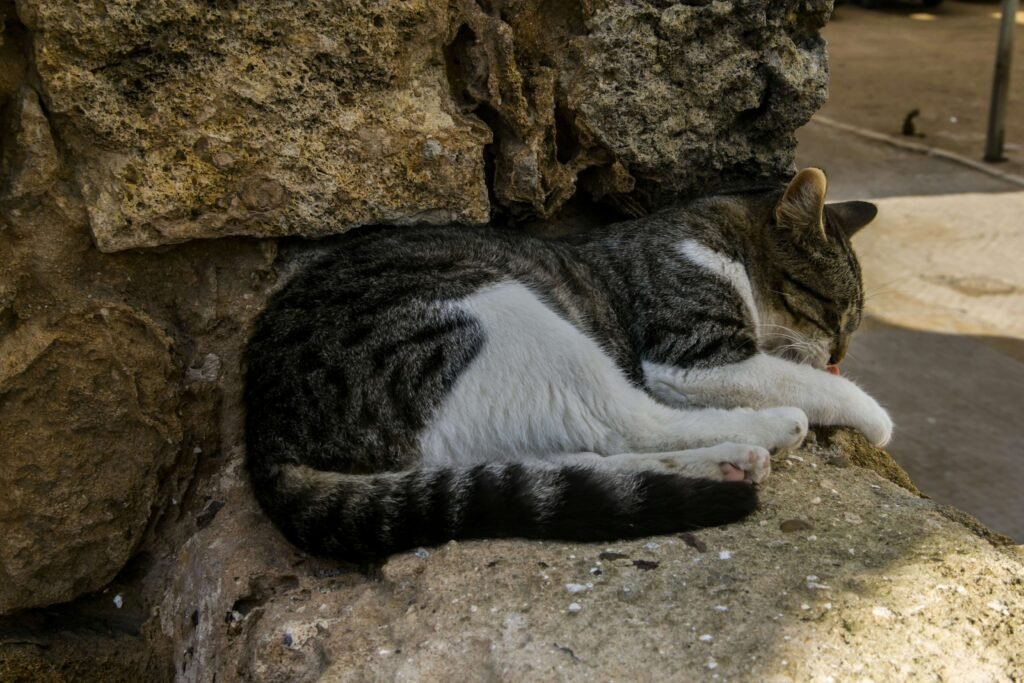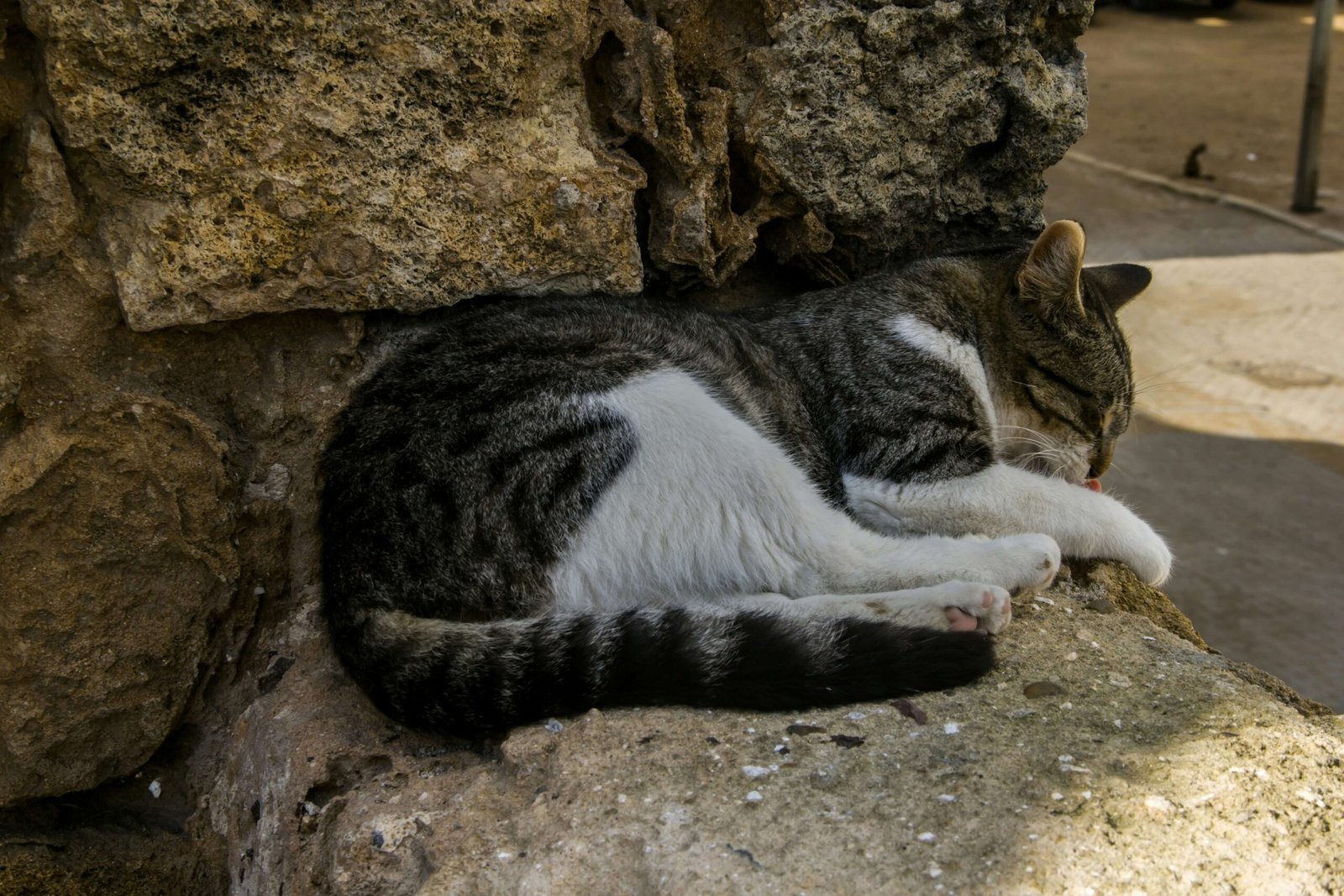How to Get Your Cat to Drink More Water: A Guide for Concerned Pet Parents
Cats are notorious for their independent nature, but when it comes to hydration, many feline friends fall short of drinking enough water. Unlike dogs, who eagerly lap up water from their bowls, cats often need a little encouragement to stay properly hydrated. Dehydration can lead to serious health issues, including urinary tract problems and kidney disease, making it crucial to ensure your cat is getting enough fluids. In this blog post, we’ll explore practical tips, creative tricks, and expert advice to help you get your cat to drink more water. Whether you’re dealing with a picky drinker or simply want to boost your cat’s hydration levels, these strategies will set you on the right path.
Why Hydration Matters for Cats: The Importance of Staying Hydrated
Before diving into how to encourage your cat to drink more water, it’s important to understand why hydration is so vital for their overall health. Cats have a naturally low thirst drive because their wild ancestors obtained most of their moisture from prey. However, domesticated cats often rely on dry food, which lacks sufficient water content, making them prone to dehydration. Here’s why staying hydrated is essential for your feline companion.
Supports Kidney Health :
Adequate water intake helps flush toxins from the kidneys and prevents urinary tract infections.Prevents Urinary Issues :
Proper hydration reduces the risk of bladder stones and other urinary complications.Maintains Healthy Skin and Coat :
Hydration contributes to a shiny coat and reduces skin dryness or irritation.Aids Digestion :
Water helps break down food and ensures smooth digestion, preventing constipation.Boosts Energy Levels :
Well-hydrated cats are more active and energetic, enhancing their quality of life.
Understanding the importance of hydration underscores the need to take proactive steps to ensure your cat drinks enough water every day.
Creative Ways to Encourage Your Cat to Drink More Water
Getting your cat to drink more water doesn’t have to be a struggle. With a little creativity and patience, you can make hydration an appealing and enjoyable experience for your furry friend. Here are some tried-and-true methods to entice your cat to drink more.
Switch to a Water Fountain :
Many cats prefer running water over stagnant water in a bowl, as it mimics natural streams they’d encounter in the wild.Experiment with Bowl Types :
Some cats dislike plastic bowls due to odor retention—try stainless steel, ceramic, or glass alternatives instead.Change Water Frequently :
Fresh, clean water is more appealing to cats, so replace it at least twice daily to keep it enticing.Add Flavor to the Water :
A splash of low-sodium chicken broth or tuna juice (in moderation) can make water more appealing without compromising health.Place Bowls Strategically :
Position water bowls away from food dishes, as cats often prefer not to drink near their eating area.
By implementing these simple yet effective strategies, you can transform your cat’s relationship with water and promote better hydration habits.
Check this guide 👉How Long Can a Cat Go Without Food and Water? Best 7 Tips!
Check this guide 👉Why Is My Cat Not Drinking Water? Best 7 Health Tips!
Check this guide 👉Why Is My Cat Drinking So Much Water? Best 7 Expert Tips!

Tips to Increase Water Intake | Common Mistakes to Avoid |
|---|---|
Use a cat water fountain | Using dirty or old water bowls |
Add wet food to their diet | Placing water too close to food |
Keep water bowls clean | Ignoring signs of dehydration |
Offer multiple water stations | Over-relying on dry kibble alone |
Make water easily accessible | Forgetting to refresh water daily |
Signs Your Cat Isn’t Drinking Enough Water
Recognizing the early warning signs of dehydration can prevent serious health issues down the line. If your cat isn’t drinking enough water, subtle changes in behavior or appearance may indicate a problem. Look out for these red flags that suggest your cat needs more fluids.
Dry or Sticky Gums :
Healthy gums should feel moist; dryness indicates potential dehydration.Lethargy or Weakness :
Cats that seem unusually tired or uninterested in play may lack proper hydration.Loss of Appetite :
Refusal to eat can accompany dehydration, especially if linked to urinary issues.Sunken Eyes :
This physical sign is a clear indicator of severe dehydration requiring immediate attention.Infrequent Urination :
Fewer trips to the litter box or concentrated urine could signal insufficient water intake.
If you notice any combination of these symptoms, it’s time to reassess your cat’s hydration habits and consult a vet if necessary. Early intervention can make all the difference.
Incorporating Wet Food Into Your Cat’s Diet
One of the easiest ways to increase your cat’s water consumption is by incorporating wet food into their diet. Wet food contains significantly higher moisture content than dry kibble, providing a stealthy way to boost hydration. Here’s how you can seamlessly integrate wet food into your cat’s routine.
Mix Wet and Dry Food :
Combine wet food with dry kibble to gradually introduce your cat to the new texture and taste.Choose High-Quality Brands :
Opt for reputable brands that prioritize nutritional value and ingredient transparency.Warm It Slightly :
Heating wet food slightly (not too hot!) enhances its aroma, making it more enticing for finicky eaters.Offer Variety :
Rotate between different flavors and textures to keep mealtime exciting and engaging.Monitor Portion Sizes :
Balance calorie intake carefully to avoid overfeeding while transitioning to wet food.
Adding wet food to your cat’s diet is a win-win solution—it satisfies their hunger while boosting their hydration levels effortlessly.
Common Mistakes to Avoid When Encouraging Hydration
While trying to get your cat to drink more water, it’s easy to make mistakes that could unintentionally discourage them from hydrating. Being aware of these pitfalls can help you create a more effective hydration strategy. Here are some common errors to steer clear of.
Using Dirty Water Bowls :
Cats are sensitive to cleanliness, and dirty bowls can deter them from drinking.Placing Water Near Litter Boxes :
Cats instinctively avoid drinking near areas associated with waste, so keep water far from litter boxes.Overlooking Signs of Dehydration :
Ignoring subtle signs like lethargy or dry gums can lead to bigger health issues down the line.Forcing Them to Drink :
Forcing a cat to drink water can cause stress and resistance, making the situation worse.Relying Solely on Dry Food :
Feeding only dry kibble without supplementing with wet food reduces their overall moisture intake.
By avoiding these common mistakes, you can create a stress-free environment that naturally encourages your cat to drink more water.
Fun Ways to Make Drinking Water Enjoyable for Your Cat
Sometimes, turning hydration into a fun and engaging activity can make all the difference. Cats thrive on novelty, so incorporating playful elements can entice them to drink more. Here are some creative ideas to try.
Add Ice Cubes to the Bowl :
Some cats love playing with ice cubes, which also cools the water and makes it more refreshing.Create a “Water Trail” :
Place multiple small bowls around the house to mimic natural water sources they’d encounter in the wild.Use Interactive Toys Near Water :
Encourage curiosity by placing toys near the water bowl to associate drinking with playtime.Offer Herbal Infusions (Cat-Safe) :
A drop of catnip oil or a pinch of dried catnip in the water can pique their interest safely.Introduce Novelty Bowls :
Experiment with different shapes, sizes, or colors of bowls to spark their curiosity.
With a little creativity, you can turn hydration into an enjoyable experience that keeps your cat coming back for more sips.
How to Monitor Your Cat’s Progress Over Time
Once you’ve implemented strategies to encourage your cat to drink more water, it’s important to monitor their progress to ensure your efforts are paying off. Tracking changes in behavior and appearance will help you gauge success effectively. Here’s how to stay on top of your cat’s hydration journey.
Track Daily Water Levels :
Mark the water level in the bowl each day to see if consumption increases over time.Observe Urination Frequency :
Keep an eye on how often your cat uses the litter box, as increased urination indicates better hydration.Check Gum Moisture Regularly :
Gently feel your cat’s gums daily to notice improvements in hydration levels.Note Energy Levels :
A well-hydrated cat is typically more active and playful, so watch for positive behavioral changes.Document Coat Condition :
Improved skin elasticity and a shinier coat are signs that your cat is staying hydrated.
By consistently monitoring these indicators, you’ll have peace of mind knowing your cat is on the path to optimal hydration and health.
Frequently Asked Questions About Cat Hydration
How much water does my cat need daily?
On average, cats require about 50ml of water per kilogram of body weight each day, depending on activity level and diet.
What are the best types of water bowls for cats?
Stainless steel, ceramic, or glass bowls are ideal since they don’t retain odors like plastic ones.
Can I force my cat to drink water?
No, forcing a cat to drink can stress them out. Instead, focus on making water more appealing through creative methods.
Is tap water safe for cats?
Most tap water is safe, but if you’re unsure, filtered or bottled water is a good alternative.
Should I worry if my cat only drinks from unusual places?
While quirky drinking habits aren’t always harmful, ensure they’re still consuming enough water overall and rule out behavioral issues.
Final Thoughts: Prioritizing Your Cat’s Hydration
Ensuring your cat drinks enough water is one of the simplest yet most impactful ways to support their long-term health and happiness. From investing in a water fountain to incorporating wet food into their meals, there are countless ways to encourage better hydration habits. Remember, every cat is unique, so it may take some trial and error to find what works best for your feline companion. By staying attentive to their needs and making small adjustments to their environment, you can help your cat thrive. After all, a well-hydrated cat is a healthier, happier cat—and that’s something every pet parent can celebrate!
Can a Cat Die from a Cold? Best 7 Expert Tips! Learn how to identify, treat, and prevent feline colds while understanding when to seek veterinary care for your cat’s health.
Cat Screaming for Food: Best 7 Expert Tips! Discover effective strategies to manage your cat's food-related vocalizations and create a peaceful feeding routine.
Aspiration Pneumonia in Cats: Best 7 Expert Tips! Discover causes, symptoms, and treatment advice to protect your cat’s respiratory health and ensure a speedy recovery.
Hip Dysplasia in Cats: Best 7 Expert Tips! Discover expert advice on managing hip dysplasia in cats, from symptoms and prevention to treatment options for a happier, healthier feline life.





